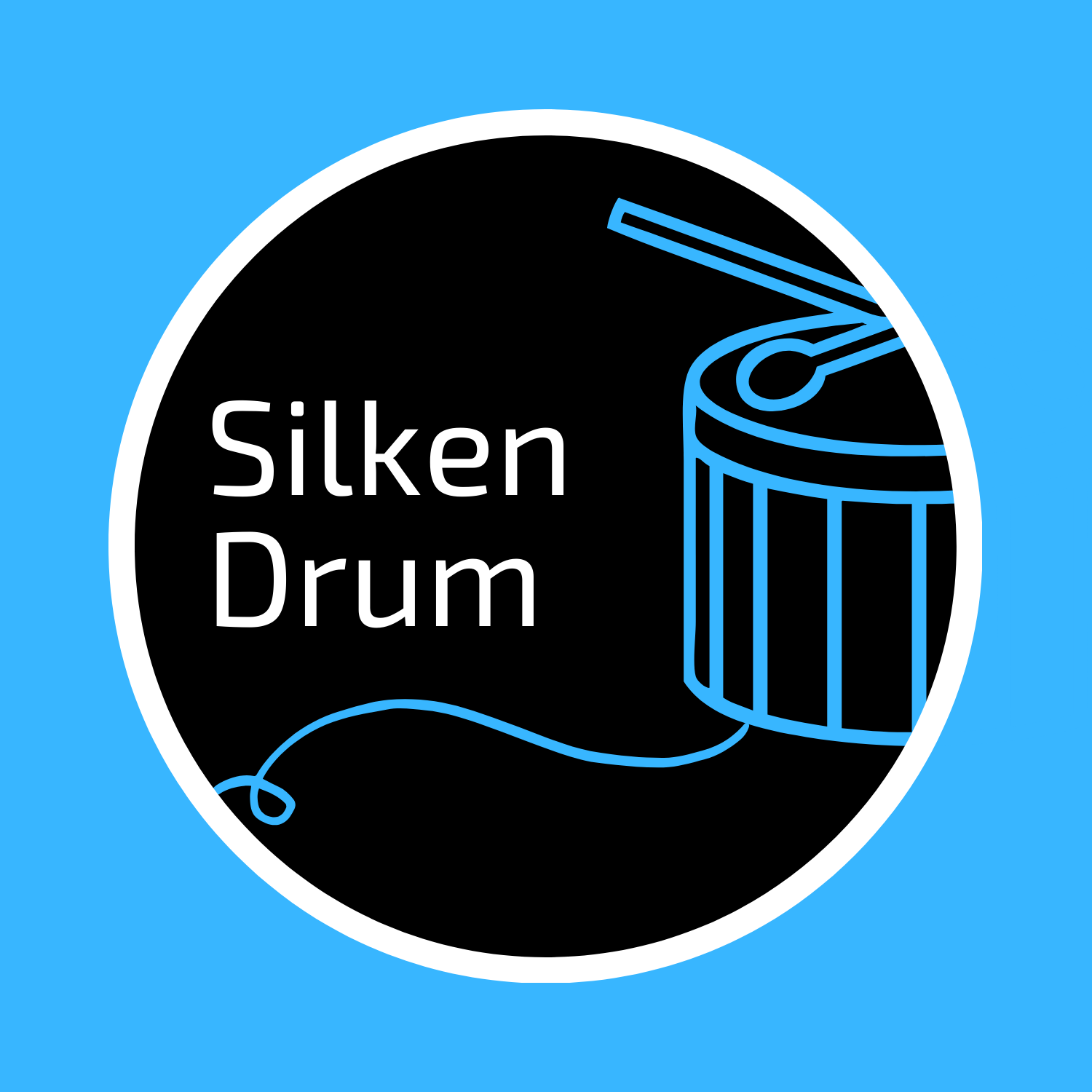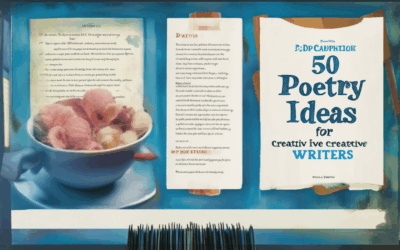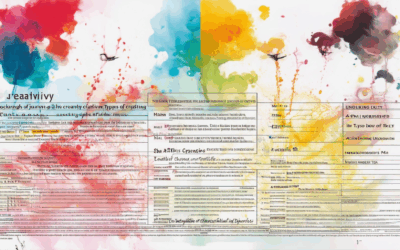Writing a blog that captivates readers can be both challenging and rewarding. With countless blogs vying for attention, standing out in the vast sea of content requires creativity, strategy, and a spark of inspiration. Whether you’re a seasoned blogger or just starting your journey, finding unique writing ideas that resonate with your audience is crucial. This guide explores innovative strategies, practical tips, and creative prompts designed to inspire your next blog post. From exploring niche topics to crafting compelling narratives, we’ll delve into ways to keep your readers engaged and eager for more. Discover how to unlock your creativity, experiment with fresh formats, and leverage examples that showcase successful blogging techniques. Let’s embark on a journey to elevate your writing and make your blog stand out in the digital landscape.
Key Takeaways
– Unleash Your Creativity: Discover unique blog ideas across various niches to keep your content fresh and engaging.
– Choose the Perfect Platform: Select from user-friendly options like WordPress, Medium, Wix, or Blogger to suit your blogging needs.
– Find Your Niche: Focus on a topic you’re passionate about to build a loyal audience and stand out in your niche.
– Write Regularly and Consistently: Establish a routine to maintain trust with readers and improve your writing skills over time.
– Use Powerful Tools: Enhance your writing with Grammarly, create visuals with Canva, and streamline your workflow using Google Docs.
– Make Content Engaging: Captivate readers with storytelling, humor, and relatable examples, supported by headings, bullet points, and images.
– Promote Strategically: Share your posts on social media, use relevant hashtags, and leverage tools like Yoast SEO to boost visibility.
– Stay Consistent and Patient: Building a successful blog requires dedication and time. Keep refining your strategy to grow your audience.

The Best Topics for Blog Writing
Blogging offers a versatile platform to share knowledge, expertise, and passion. To maximize your blog’s impact and attract a loyal audience, choose a topic that aligns with current trends, has a ready audience, and allows for consistent, high-quality content creation. Here are some of the most popular and profitable blog topics:
- Health and Wellness : Cover topics like fitness, nutrition, mental health, and self-care. This niche is always in demand as people seek ways to improve their lifestyle.
- Personal Finance : Offer advice on budgeting, saving, investing, and debt management. Financial literacy is a timeless topic.
- Parenting : Share insights and tips on raising children, dealing with common challenges, and fostering healthy family relationships.
- Education and Learning : Discuss educational strategies, career advice, and resources for continuous learning in various fields.
- Gardening and DIY Projects : Provide guides on planting, gardening hacks, and homemade crafts and decor.
- Career Advice : Offer tips on professional development, job searching, and navigating the workforce.
- Language Learning : Share resources and strategies for learning new languages effectively.
- Pet Care : Focus on tips for keeping pets healthy, happy, and well-fed.
- Cooking and Recipes : Showcase delicious recipes, meal prep ideas, and kitchen hacks.
By selecting a topic that resonates with your passions and meets audience demands, you can create content that is both engaging and valuable. Explore these options and find one that fits your unique style and expertise.
For more insights, check out our guide on choosing the perfect blog niche and discover how to tailor your content to captivate readers.
Good Writing Prompts
Silken Drum is proud to offer a variety of creative writing prompts to inspire your next masterpiece. Whether you’re a seasoned writer or just beginning, these prompts will spark your imagination and help you overcome writer’s block.
Below is a curated list of thought-provoking writing prompts across various genres:
- Creative Writing Prompts
- Write about a place you’ve always wanted to visit but never have.
- Describe a moment in your life that changed everything.
- Imagine you could go back in time to change one event – what would you do?
- Write a story about a character who discovers they have a hidden talent.
- Poetry Prompts
- Write a poem about a specific season, capturing its essence.
- Describe a scene where time stands still.
- Use a unique object as a metaphor for love or loss.
- Write a villanelle about a journey or transformation.
- Flash Fiction Prompts
- Write a 100-word story about a sudden rainstorm.
- Describe a conversation between two strangers who realize they know each other.
- Write a flash piece set in a mysterious library.
- A single conversation changes someone’s life forever – what happens?
- Personal Reflection Prompts
- Reflect on a past mistake and what you learned from it.
- Write about a time you felt deeply connected to nature.
- Consider the legacy you want to leave behind.
- Describe a meaningful object and its significance to you.
- Genre-Focused Prompts
- Write a suspenseful scene in a dark, abandoned house.
- Describe a hero’s journey in three acts.
- Write a romantic encounter during a sunset beach walk.
- A crime solver faces their greatest challenge yet – what’s the solution?
- Writing Tips
- Start with a vivid scene to hook the reader immediately.
- Use sensory details to bring your world to life.
- Show don’t tell – let the reader experience your characters’ emotions.
- Edit to remove any unnecessary words or scenes that don’t advance the plot.
Silken Drum encourages you to explore these prompts and share your creations with our community. We’d love to see what you come up with!
Explore more creative writing resources on Silken Drum

What to Write on a Blog?
Starting a blog can be an exciting journey, but deciding what to write about is the first challenge. Here’s a structured approach to help you get started:
1. Choose Your Niche
Your blog’s success hinges on a well-defined niche. Consider your passions, expertise, and what resonates with you. For instance:
- Food Enthusiast: Create a food blog with recipe ideas, meal prep guides, and culinary tips.
- Photography Lover: Start a photography blog showcasing your skills, tips, and portfolio pieces.
- Lifestyle Enthusiast: Focus on home decor, travel tips, or self-care routines.
2. Define Your Audience
Understanding your audience helps tailor content effectively. For example:
- Food Blog: Target foodies seeking healthy, budget-friendly, or gourmet recipes.
- Lifestyle Blog: Appeal to individuals interested in interior design, travel, or productivity hacks.
3. Plan Content Structure
Mix content types to keep your blog dynamic:
- Listicles: Quick tips or top 10 lists for easy reading.
- Tutorials: Step-by-step guides for DIY projects or technical advice.
- In-Depth Articles: Comprehensive guides on niche topics or industry insights.
4. Set Posting Schedule
Consistency is key. Commit to publishing once a week to build routine without overwhelming yourself.
5. Optimize for SEO
Use tools like Google Keyword Planner to find relevant keywords. Incorporate them naturally into titles, meta descriptions, and content without stuffing.
6. Explore Monetization Methods
Consider these ways to earn from your blog:
- Affiliate Marketing: Promote relevant products and earn commissions.
- Sponsored Posts: Collaborate with brands aligning with your niche.
- Advertisements: Use ad networks carefully to maintain reader experience.
7. Engage with Readers
Encourage interaction by asking for comments and responding thoughtfully. Share content on social media platforms to expand your reach.
8. Technical Setup
Select a reliable blogging platform like WordPress or Medium. Choose a domain name and secure hosting. Design your blog with a clean, readable layout using appealing fonts.
9. Build an Email List
Offer incentives like free e-books or guides in exchange for email sign-ups to build a loyal audience.
10. Network with Other Bloggers
Engage in forums, comment on other blogs, and collaborate on guest posts to foster connections and gain insights.
11. Stay Updated and Adapt
Monitor trends and adapt your content to reflect evolving interests and demands. Regularly seek feedback to refine your approach.
12. Analyze Competition
Research competitors to identify content gaps and unique angles for your blog, always remaining original and respectful. By following these steps, you can create a meaningful and engaging blog that resonates with your audience while standing out in the digital landscape.

How to Write a Blog for Beginners
Blogging is a rewarding yet achievable skill for anyone willing to put in the effort. Whether you’re sharing thoughts, expertise, or creative ideas, here’s a step-by-step guide to help you get started:
- Choose Your Platform
Decide which blogging platform suits your needs. Popular options include:
- WordPress – Ideal for those who want more control over design and functionality.
- Medium – Great for storytelling and connecting with a global audience.
- Blogger – Simple and free for casual bloggers.
Focus on a topic you’re passionate about. Whether it’s tech, food, travel, or personal development, consistency is key to building an audience.
Set a schedule that works for you. Consistency helps establish trust with your readers and improves your writing skills over time.
- Grammarly – Enhance your writing with real-time grammar suggestions.
- Canva – Create visually appealing images for your posts without design experience.
- Google Docs – A reliable tool for drafting and editing your content.
Use storytelling, humor, and relatable examples to captivate your audience. Break up text with headings, bullet points, and images to enhance readability.
- Once your draft is ready, publish it on your chosen platform.
- Customize your blog’s theme and layout to reflect your brand identity. Explore popular themes like Genesis or WooCommerce .
- Share your posts on social media platforms like Facebook, Instagram, and Twitter.
- Use relevant hashtags to increase visibility and engage with your audience.
- Join online communities and forums related to your niche to connect with potential readers.
- Yoast SEO – Optimize your content for better search engine rankings by analyzing key metrics like readability and keyword usage.
Become a blogger for life. Building a successful blog takes time, dedication, and effort. Keep track of your progress and adjust your strategy as needed to grow your audience.
What is the easiest blog to make?
The easiest blog to create depends on your needs and preferences. Here are some popular platforms known for their simplicity and user-friendliness:
- WordPress.org – Known for its flexibility and extensive features, WordPress.org is ideal for those looking to build a robust blog. While it may require some technical knowledge, its customization options are vast.
- Medium – A great option for content creators who want to focus on writing without worrying about hosting or design. Medium handles everything for you.
- Wix – Offers a drag-and-drop interface perfect for users who prefer visual blogging. Wix provides templates and tools to get your blog up and running quickly.
- Squarespace – Known for its beautiful designs, Squarespace combines ease of use with modern aesthetics. It’s perfect for those who want a visually appealing blog without much hassle.
- Blogger – A simple platform by Google, Blogger is excellent for beginners who want to start blogging without learning complex systems.
Each of these platforms offers unique benefits, so choose the one that aligns best with your goals and skills.

Blog Writing Examples
Blogging offers a versatile medium for sharing thoughts, expertise, and experiences. Here are 20 engaging blog writing examples across various niches to inspire your content creation:
- Travel Blogs : Share destination guides, travel itineraries, and personal travel diaries. Mix articles like “Top 10 Must-Visit Destinations” with reflective posts about recent adventures.
- Food Blogs : Create recipe tutorials, restaurant reviews, and culinary exploration pieces. Example: “5 Unique International Dishes to Try This Week.”
- Personal Development : Write motivational posts, self-help guides, and personal growth stories. Example: “How I Overcame Procrastination: My Journey to Productivity.”
- Fashion Blogs : Discuss fashion trends, outfit ideas, and styling tips. Example: “How to Mix and Match Prints for a Stylish Wardrobe.”
- Technology Blogs : Review gadgets, software, and tech innovations. Example: “The Rise of Artificial Intelligence in Modern Technology.”
- Health and Wellness : Offer fitness routines, nutrition advice, and mental health tips. Example: “Morning Routines for a Productive Day: A Step-by-Step Guide.”
- Home Improvement : Provide DIY projects, interior design tips, and home renovation ideas. Example: “How to Transform Your Living Room with Minimalist Design.”
- Financial Planning : Discuss budgeting strategies, investment tips, and financial literacy. Example: “How to Build a Emergency Fund in 6 Months.”
- Education Blogs : Share learning techniques, course recommendations, and educational resources. Example: “The Best Online Courses to Boost Your Skills in 2025.”
- Entertainment Blogs : Review movies, TV shows, and entertainment events. Example: “The Most Anticipated Movies of 2025.”
- Sustainable Living : Promote eco-friendly habits, green living tips, and sustainable lifestyle ideas. Example: “How to Reduce Your Carbon Footprint at Home.”
- Photography Blogs : Share photography tips, portfolio showcases, and photo journalism pieces. Example: “Capturing the Beauty of Nature: A Photographer’s Perspective.”
- Writing Tips : Offer writing advice, storytelling techniques, and creative writing prompts. Example: “How to Craft a Compelling Character in Your Stories.”
- Business Insights : Analyze market trends, startup advice, and entrepreneurial success stories. Example: “The Power of Networking in Building a Successful Business.”
- Cooking Blogs : Share international cuisines, meal prep ideas, and cooking videos. Example: “Exploring the Flavors of Thailand: A Culinary Journey.”
- Art and Design : Discuss artistic movements, design inspiration, and creative process articles. Example: “Modern Art Trends Shaping Contemporary Design.”
- Family and Lifestyle : Cover parenting tips, family activities, and lifestyle management. Example: “Balancing Work and Family Life: Strategies for Success.”
- Book Reviews : Share reading lists, book analyses, and literary discussions. Example: “The Best Books to Read This Summer: A Literary Roundup.”
These examples demonstrate the versatility of blogging, allowing you to explore niche interests and connect with audiences in meaningful ways. By mixing content types and staying consistent, you can create a blog that stands out and resonates with your readers.
Conclusion: Diverse and high-quality content keeps your audience engaged and attracts new readers. Experiment with these blog writing examples to find what works best for your unique voice and audience.




0 Comments